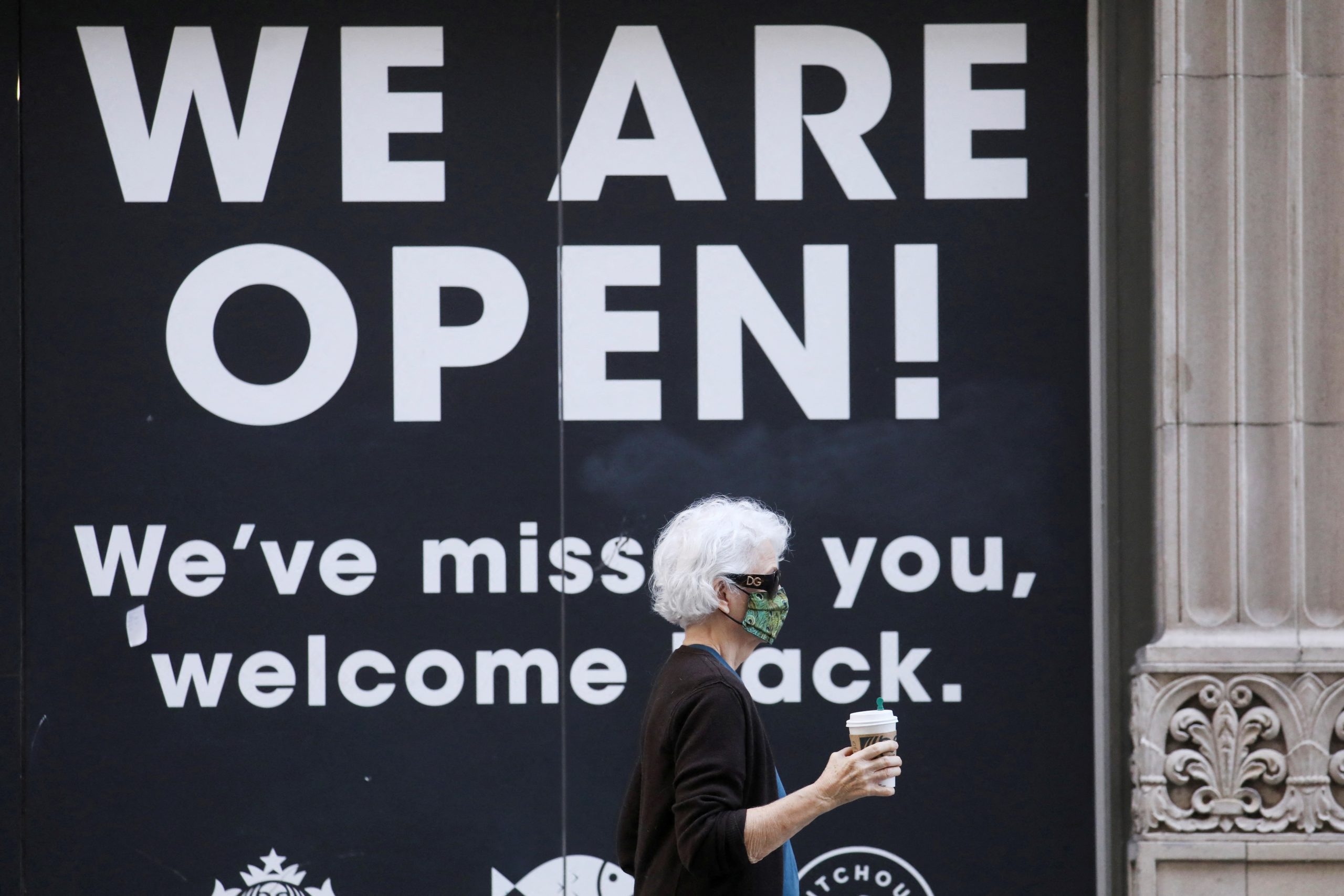
Lauren Dempsey, MS in Biomedicine and Law, RN, FISM News
[elfsight_social_share_buttons id=”1″]
California Governor Gavin Newsom officially announced plans that the state would be moving towards an endemic phase, after implementing some of the strictest COVID-19 mitigation strategies in the nation for two years
While the state is the first to implement new protocols, there are no plans to lift the state of emergency, which gave Governor Newsome a wide range of powers throughout the pandemic. Over the last two years he has issued dozens of executive orders, which still remain in effect.
The S.M.A.R.T.E.R. plan is the state’s response to learning to live with the virus, something many experts believe the country should have been doing long before now. The acronym stands for shots, masks, awareness, readiness, testing, and rx and the new flexible plan focuses on trying to slow the spread and protect Californians while “recognizing that each variant brings with it unique characteristics relative to the specific conditions in our neighborhoods and communities.”
Interestingly, this announcement comes after Los Angeles County reported the second-highest daily death toll. This rise followed news that the state was easing certain restrictions for Californians that have been vaccinated. The state recently lifted indoor mask mandates for vaccinated employees, as well as for unvaccinated city employees who now required to show proof of only one test result per week.
The state is also lifting its testing requirement for hospital or nursing home visitation privileges. These changes do not include school children, who will still be required to wear masks for in-person learning.
This is one of the latest instances of health officials and politicians finally encouraging a return to normalcy as they have come to the realization that Americans must learn to live with COVID. These changes are not permanent, however, as the state still has the power to reinstate any mitigation strategies it deems necessary. The announcement reiterates that it will continue to monitor trends throughout the states and will evaluate surges and new variants and will react accordingly.
Dr. Mark Ghaly, California’s health and human services secretary, said “We’re gliding into normal. We’re not announcing the normal. This is a state that’s going to have tools available and keep our antennas up.”
COVID-19 is most likely here to stay; however, data suggests that it is reaching an endemic level. This refers to the amount of a disease that is present in a community at a baseline level, which makes the spread of the disease predictable, like the flu, respiratory syncytial virus, or even malaria in some areas. To date, over 78 million Americans have had a COVID-19 infection and the total case numbers and death rates continue to trend downwards, with a 43% decrease in daily new cases as of Feb. 16.
However, some experts warn that easing restrictions should be done with caution. Dr. Anthony Fauci believes that hospitalizations are a much more accurate metric to use rather than positive case counts. Fauci explains that “If you look at the example of what happened with Omicron, which clearly is a very, very transmissible virus with a lot of breakthroughs in people who have been vaccinated and even boosted, and yet, if you look at the ratio of the hospitalizations to the cases, it’s a pretty big discrepancy compared to what we saw with Delta.”
This differentiation is something that many frontline workers and experts have been stressing for the last two years. Case counts are not indicative of hospitalizations or severe illness, yet politicians, government agencies, and the media have used this as the main measuring tool to implement mask and vaccine mandates as well as lockdowns.
Now California, the state that has been notorious for being one of the most draconian in its COVID measures, is leading the way towards treating it as an endemic, at least in terminology.
